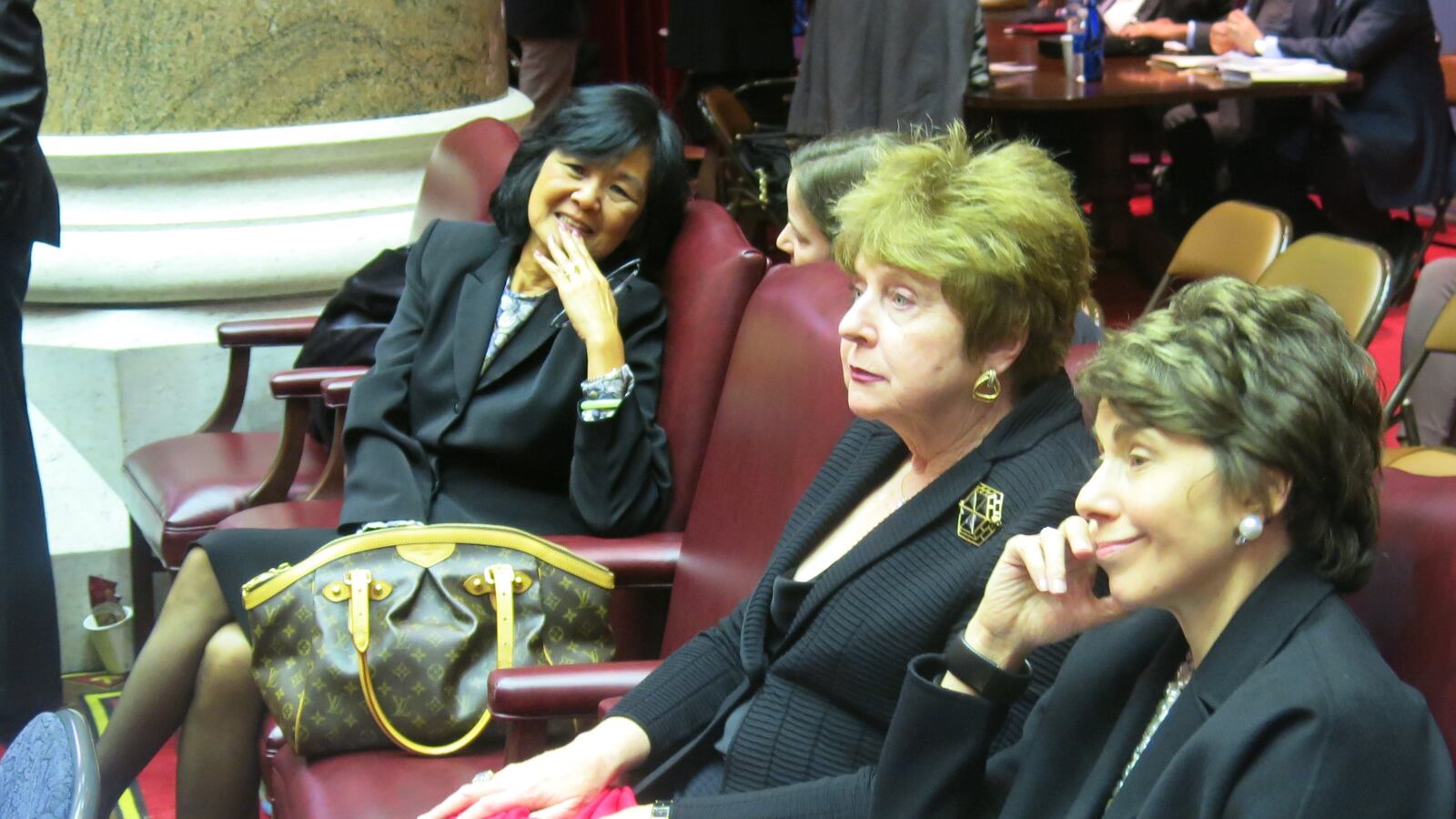The state released proposed regulations for New York’s new evaluation law on Friday that would allow districts to further reduce the role of standardized tests and outside observers.
That regulations are set to be discussed Monday at a highly anticipated Board of Regents meeting, days after seven of 17 members signed onto a position paper that recommended its own version of regulations. The state’s proposal, which needs Regents approval, includes some options that address some of the paper’s demands.
The regulations don’t include anything about delaying implementation of the new teacher evaluation system, a key demand of the dissenting Regents that also has the support of the city teachers union and the city Department of Education. The state department has said it would create a system for districts to apply for extra time, in two-month increments, to delay implementation. But the regulations don’t make it any clearer how districts will qualify for those waivers.
The proposed regulations, which are summarized in this slideshow, include some significant changes to the initial proposals that state officials presented last month. Those changes include:
- A further reduction in the role of state tests for districts that opt to use a second assessment to evaluate teachers. Student growth on the state tests would be allowed to count for as little at 50 percent of the student performance portion of a teacher’s rating if used in conjunction with other assessments, such as the performance-based tasks used in New York City, that the state deems to be of high quality. Previously, the state had proposed that state tests count for as much as 80 percent of the student performance measurement.
- An even more diminished potential role for outside evaluators. The state will allow principals observations to count for up to 90 percent of a teacher’s observation portion of evaluations, up from 80 percent.
- New language allowing the state to step in and make changes to local collective bargaining agreements “if a district’s system does not result in meaningful feedback for teachers and principals.”
The regulations aren’t likely to satisfy the Regents who voiced their criticism this week. Their position paper calls for all districts to be given one year to implement the evaluations and state test scores to count for no more than 20 percent of the entire evaluation.
It’s shaping up to be a busy agenda for next week’s Board of Regents meeting:
- A vote on updated regulations about what would have to happen in low-performing schools under the state’s new receivership law. One symbolic change is that they won’t be referred to “failing” school any more in regulatory language. New York City has 12 schools that could face a more intensive turnaround plan next year while dozens of others have two years to improve.
- A data dump of teacher certification pass rates, broken down by individual schools of education. The state is trying to improve teacher quality by making it harder to get certified, a policy that has revealed racial achievement gaps and attracted new legal scrutiny. But Chancellor Merryl Tisch said last month that many of the failures are “clustered in very few schools.”
- Long-term renewals for five charter schools authorized by the Department of Education: Achievement First Endeavor (five years), Community Roots (five years), International Leadership (four years), the New York Center for Autism (five years) and Renaissance (four years). Some of the schools included letters from the school either defending their enrollment numbers, or explaining what they’ll do to serve more needy students.
- A discussion on collecting teacher-attendance data as a way to monitor equity across all schools.

